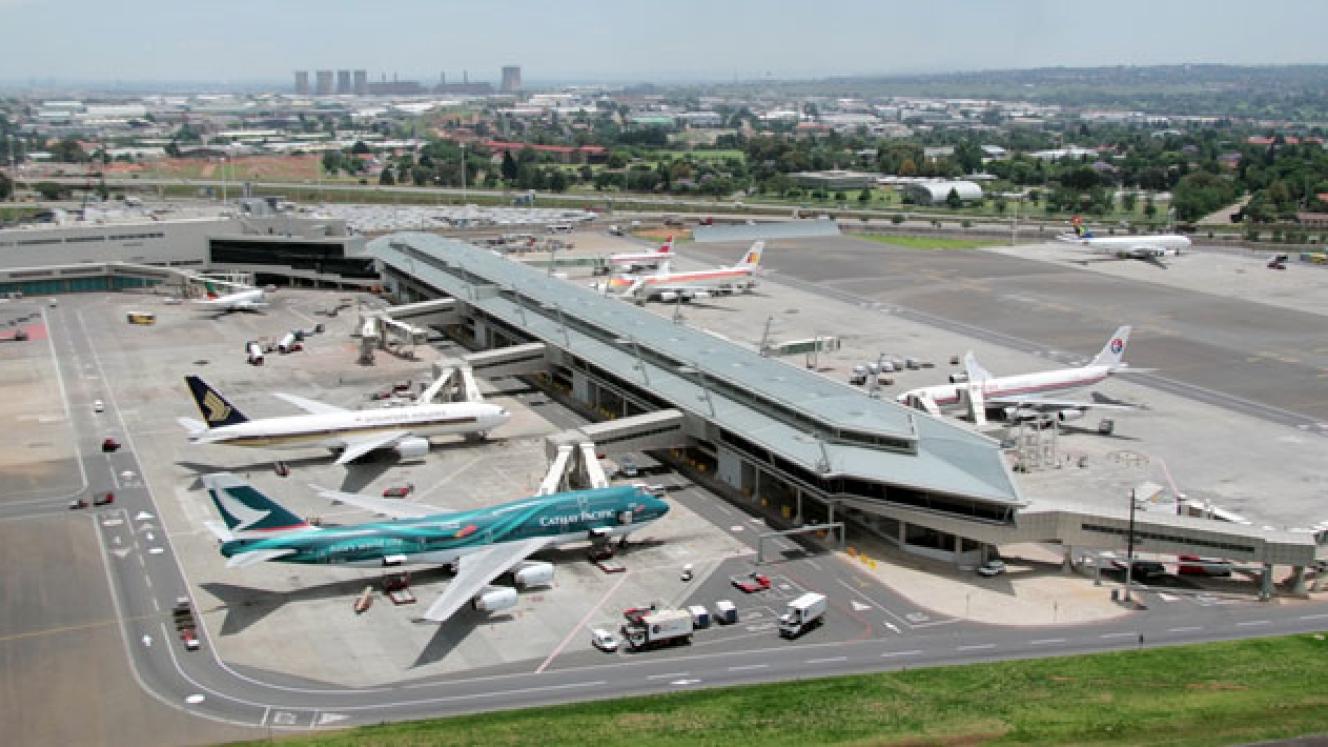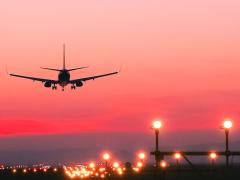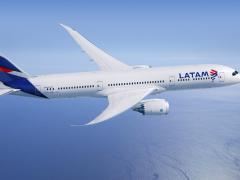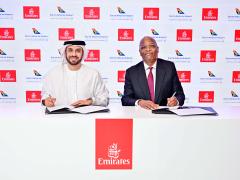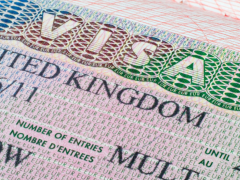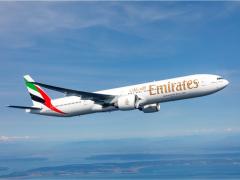While AASA welcomes ACSA’s plans to restore equipment and services at its major airports, AASA CEO, Aaron Munetsi, said that the backlog in maintenance could have been avoided.
During a media briefing on ACSA’s new maintenance strategy last week, Mpumi Mpofu, ACSA CEO claimed that its infrastructure shortfalls over the past couples of years were due to much of its infrastructure being decommissioned during COVID. Its deadlines for its most recent maintenance strategy fall between late-2025 and 2027.
“AASA argues that while the COVID-related restrictions on air travel may have warranted certain equipment being switched off, the period of low traffic should be used to maintain the equipment and the switch off would be temporary,” Munetsi told Travel News.
“AASA and other industry bodies warned airports and infrastructure service providers that, in anticipation of a surge in traffic once travel resumed, they should use the downtime to carry out all necessary maintenance so that their equipment would be in condition and able to cope with the increased volume of travellers and flights.”
Munetsi explained that airlines and travellers were not granted any reprieve or discounts in the user charges applied by ACSA and has called for improved transparency and accountability regarding the use or these funds.
Operational impacts
Munetsi noted that unserviceable terminal equipment such as airbridge jetties, travelator walkways, elevators and other equipment often result in longer-than-needed turnaround times between flights, especially when passengers have to be bussed to aircraft which have been parked at remote parking stands.
“Besides impacting their schedules, fleet utilisation and productivity, airlines incur additional costs for busses, and they bear the brunt of their customers’ frustration who feel let down by what they perceive to be sub-standard services,” said Munetsi.
Daily Notices to Airmen (NOTAMs) provide a long catalogue of unserviceable or broken items such as taxiway lights, airfield signage, damaged runways and taxiways, which all fall within ACSA’s remit.
“This is compounded by the dysfunctionality at its sister entity, the Air Traffic Navigation Service, which is well-documented,” said Munetsi.
Policy won’t protect
Munetsi said that an airport like OR Tambo International, as a regional gateway, should be demonstrating evidence of efficiency and functionality, in order to demonstrate its value to operators.
He argued that policies like those proposed in the draft Department of Transport Draft Comprehensive Civil Aviation Policy, would not be able to maintain the airport’s value proposition to international airlines, the same way that operational efficiency would.
"OR Tambo cannot afford to be complacent or persist with a ‘we have built it, therefore they will come’ approach or use counter-productive policy proposals – such as the one that would prohibit foreign airlines from bypassing OR Tambo International – to force carriers and their customers to use the airport. Instead, it must provide a strong value proposition,” said Munetsi.
